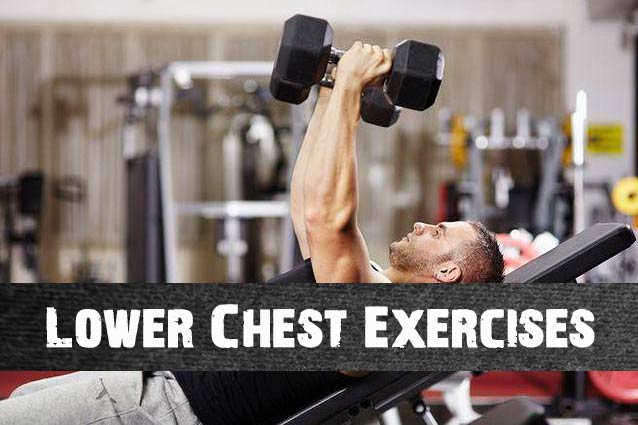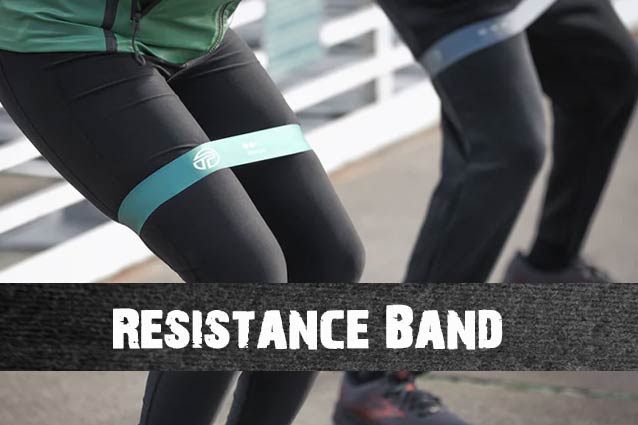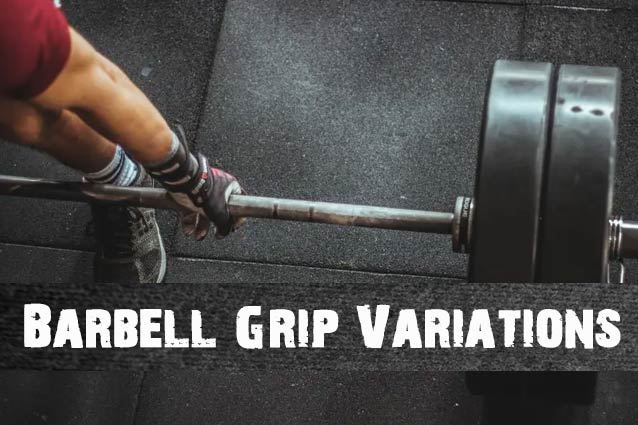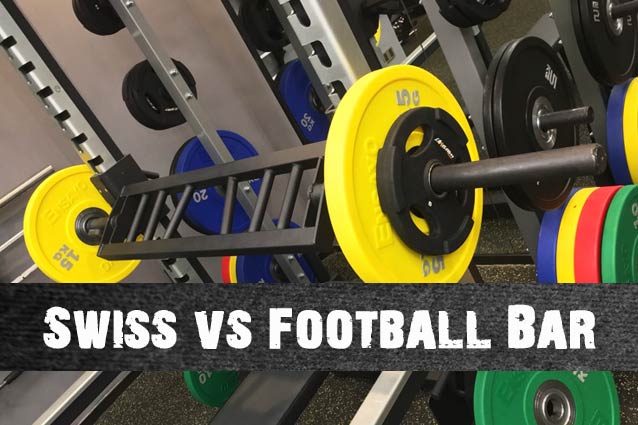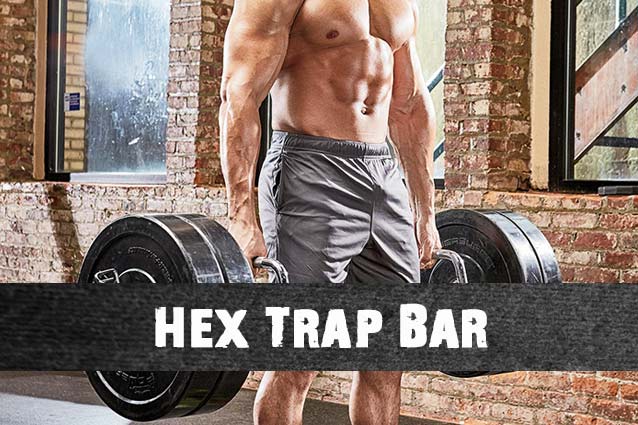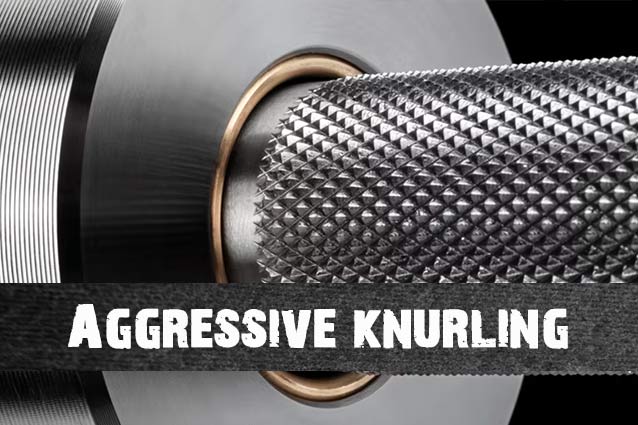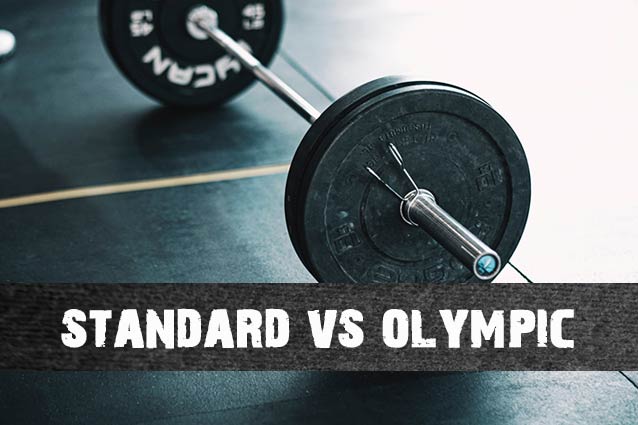In everyday life, having a strong and toned chest muscle is a goal for many men.
But if you want a defined and aesthetically pleasing chest, it’s important to target the lower portion of the pectoral muscle.
Many people tend to think of doing barbell or dumbbell presses to target the lower chest, but this alone may not lead to significant growth in that area.
Therefore, let’s dive into some important aspects that are often overlooked when it comes to training the chest muscles.
The lower portion of the chest muscle is often neglected in workouts!
To achieve a square and straight chest shape, it’s important to work on the lower chest muscles to create a defined and sharp edge.
Men should aim to maintain a low body fat percentage to avoid excess fat in the lower chest, which can make the chest appear saggy.
For women, while it’s not essential to focus on the lower chest, incorporating exercises for this area can help support and strengthen the chest, reducing the risk of injury during movement.
What is the Purpose of the Lower Chest Muscle?
Let’s examine the anatomy of the lower chest muscle and its role in the body. In the anatomy of the pectoral muscle, the lower end is attached to the rib and the other end is connected to the greater tuberosity ridge of the humerus in the opposite direction.
This unique connection allows the lower chest muscle to perform two important functions: adduction and extension of the shoulder joint.
Adduction of the Shoulder Joint
The lower chest muscle fibers work like a bundle of contractile tendons, and when they contract, they pull the humerus inward and downward, causing adduction of the shoulder joint.
This is why exercises that involve downward and oblique movements are highly effective in stimulating the lower chest muscle.
Stretch your shoulders
The other end of the lower chest muscle is attached to the ribs, which allows it to also play a role in extending the shoulder joint in many overhead movements.
This is why exercises that involve overhead movements are great for stimulating the lower chest muscle.
In some activities, such as climbing, the pectoralis major and latissimus dorsi work together to lift the trunk. To target the lower chest muscle specifically, it’s recommended to perform exercises that involve oblique shoulder adduction, such as oblique push-ups, oblique cable chest flys, and angled push-ups.
You can use the Total Gym all-in-one fitness machine to get a full chest workout.
Maintain a Stable Torso
Additionally, the lower portion of the chest muscle is attached to the ribs and helps keep the chest upright and the body stable during arm support movements, such as parallel bar arm flexion and extension.
Efficient Training for the Lower Chest Muscle
By understanding the main function of the lower chest muscle, you can target this area effectively during your workouts.
Here are some exercises to try: barbell/dumbbell downward incline press, cable/resistance band downward incline fly, and bodyweight upward incline push-ups and parallel bar arm curls and extensions. These exercises will effectively target the lower chest muscle.
Downward Barbell/Dumbbell Press
Step-by-Step Exercise:
- Adjust a weight bench to a 10-20 degree incline and lie on it, securing your legs. Grasp a barbell with both hands.
- Lower the weight to your chest, press up without locking your elbows, pause briefly to feel the contraction in your pectoral muscles, then lower slowly to the starting position, pause, and feel the stretch in your pectoral muscles. Repeat.
Key Points:
When lifting the weight, keep your elbows slightly bent to prevent injury instead of straightening them completely.
The downward movement of the shoulder joint during this exercise aligns perfectly with the physiological function of the lower chest muscle, allowing for efficient training.
Additionally, pushing the arm downward during the downward incline press reduces the shoulder joint flexion angle, minimizing the involvement of the front deltoid muscle and allowing for heavier weights to be lifted.
It’s important to keep in mind that the hand spacing should be adjusted based on the weight you are lifting. Narrow hand spacing is best for heavy weights, while wider hand spacing is recommended for lighter weights.
Therefore, when lifting heavy weights in the gym, use narrow-grip barbell decline presses. For lighter weights, use wide-grip barbell decline presses.
Lower Cable/Resistance Band Fly
Step-by-Step Exercise:
- Stand with feet shoulder-width apart, grip the cable with both hands, engage your core, keep your back straight and lean forward to form a 45-degree angle with the ground.
- Squeeze your chest muscles, pull the cable down and forward, meet your hands in front of your knee or thigh, hold the peak contraction for 2-3 seconds, and then release slowly.
Key Points:
Keep your waist and core tight and your back straight during the movement to prevent injury.
Adjust your foot position for stability and control, either in front of or behind you, as long as your body remains stable without shaking.
Like the downward incline, the lower incline cable fly also targets the shoulder joint, providing stimulation to the lower chest muscle. Performing this exercise with resistance bands at home is recommended.
Upward incline push-ups, which are the opposite of downward incline presses, also target the shoulder joint and effectively target the lower chest muscle.
Note that due to the decreased resistance of the incline position, it’s recommended to perform this exercise with a wider hand spacing.
Parallel Bar Arm Curls and Extensions
Step-by-Step Exercise:
- Grab the bar with both hands and support your body on the parallel bars using both arms, keeping your elbows slightly bent without locking them and your knees bent and elevated.
- Slowly lower your body by bending your elbows and controlling the muscle strength, until your shoulders and elbows are almost in a straight line, holding for 2-3 seconds.
- Engage your chest muscles to push up and return to the starting position, and repeat.
Key Points:
For better stimulation of the chest muscles, try to open your elbows as much as possible and lean your upper body forward during the movement.
Focus on fully extending your chest muscles at the bottom of the movement, feeling the chest opening completely.
Avoid locking your elbows at the top of the movement.
The movement of arm curls and extensions on parallel bars is essentially an adduction of the shoulder joint, and it’s important to keep the trunk stable during these exercises for maximum effect on the lower chest muscle.
Additionally, by keeping the arms open and facing backward during these exercises, the front deltoid muscle is limited, allowing for greater focus on the chest and triceps muscles.
Tip: To best target the lower chest muscle, perform these exercises with a wide grip, leaning forward, and keeping your elbows open at the bottom of the movement.
Tips
Wide Grip: Enhances Chest Strength;
Forward Body Tilt: Brings you closer to an upward incline push-up, resulting in better stimulation of the lower chest;
Open Elbows: Helps increase the starting length of the chest muscle;
If you struggle with body weight, start with chair curls and extensions.
Complete Chest Workout Plan
Finally, the goal is to sculpt your entire chest.
To achieve the perfect chest shape, every detail counts!
| Exercise | Reps | Sets |
|---|---|---|
| Flat Barbell Press (Warm-up) | 12 | 3 |
| Wide Grip Flat Barbell Incline Press | 10 | 3 |
| Upward Incline Dumbbell/Machine Press | 12 | 4 |
| Reverse-grip Cable Fly | 10 | 4 |
| Low-cable Fly | 10 | 3 |
| Butterfly Machine Fly | 18 | 3 |
| Chest Stretch | 30s | 4 |

